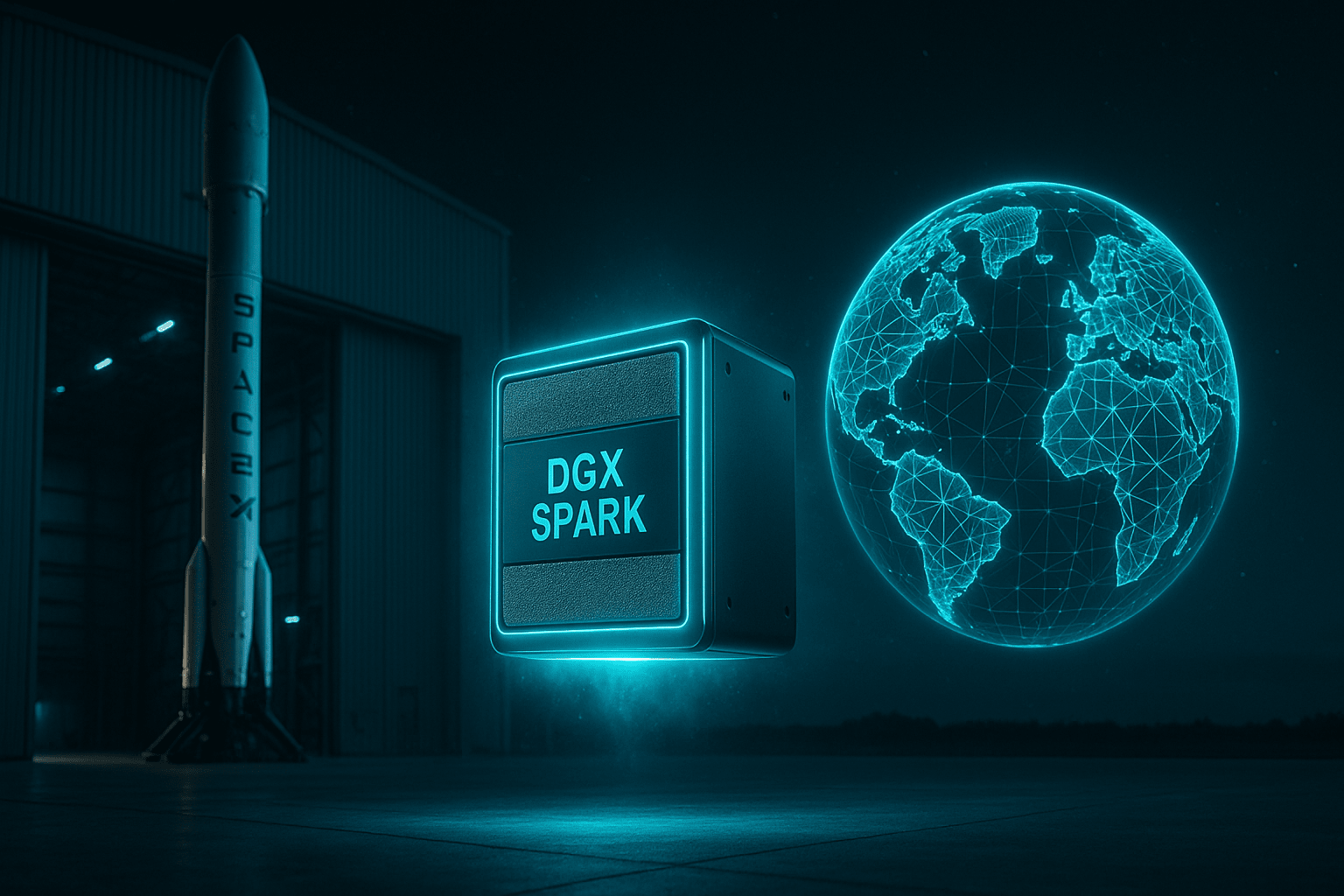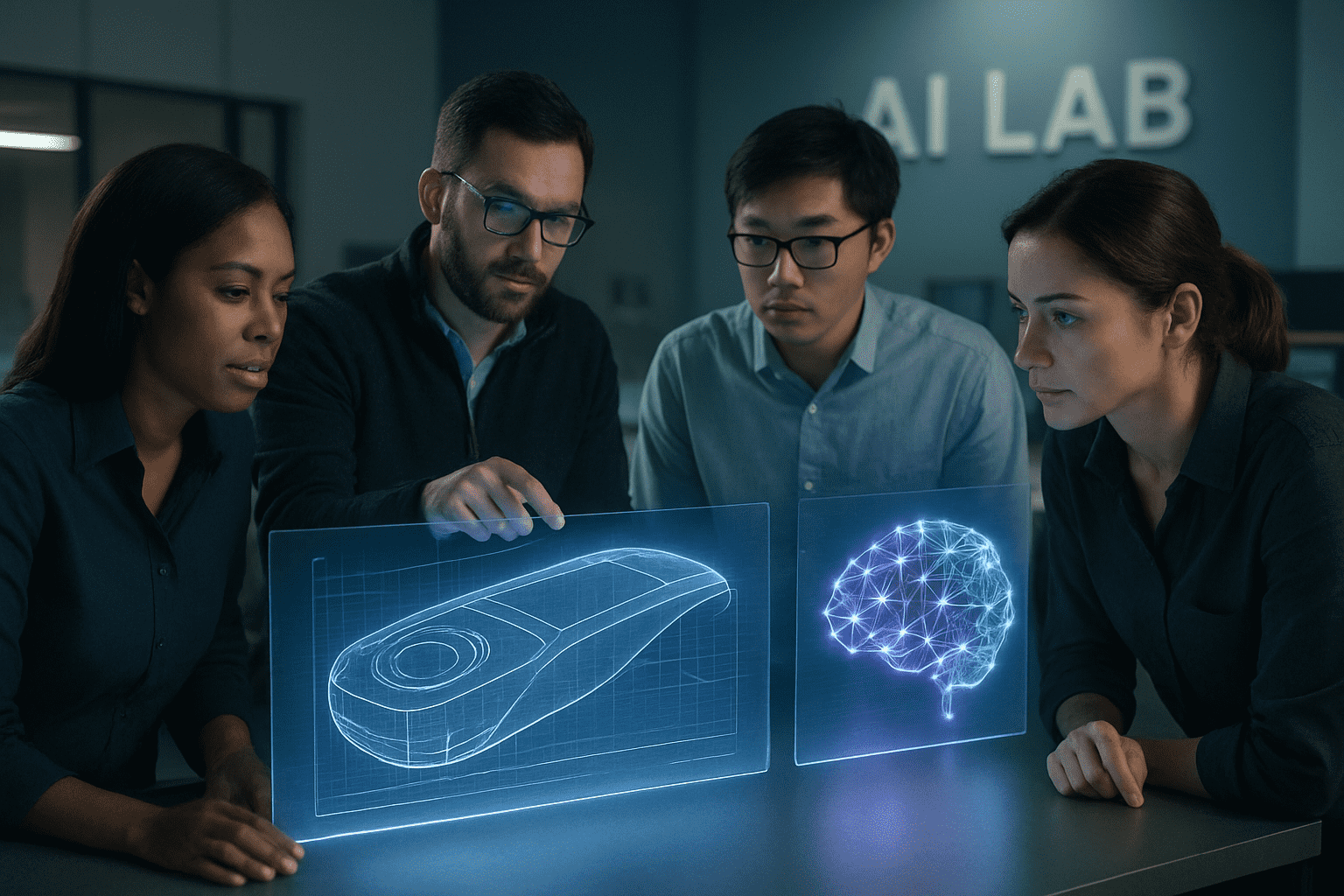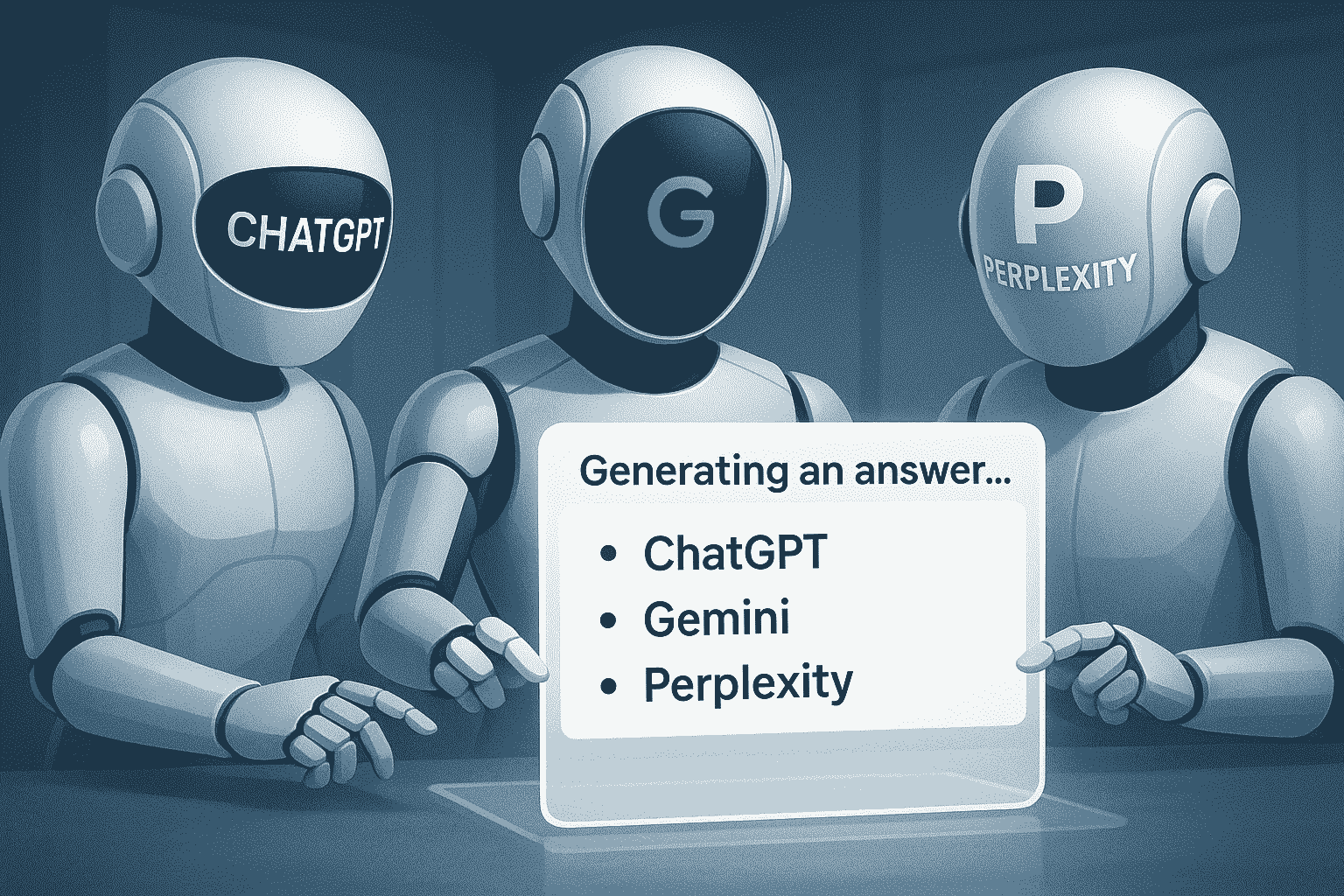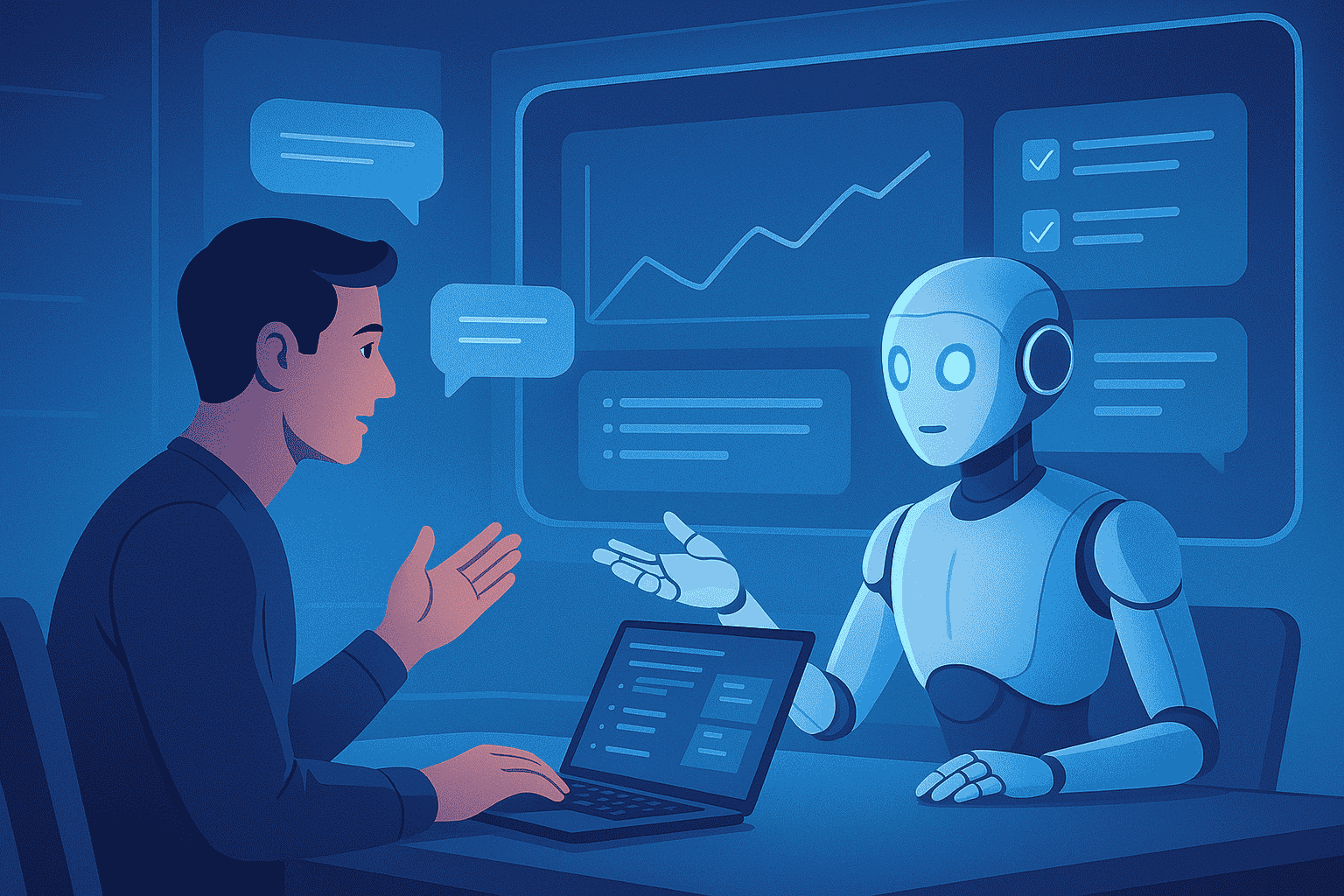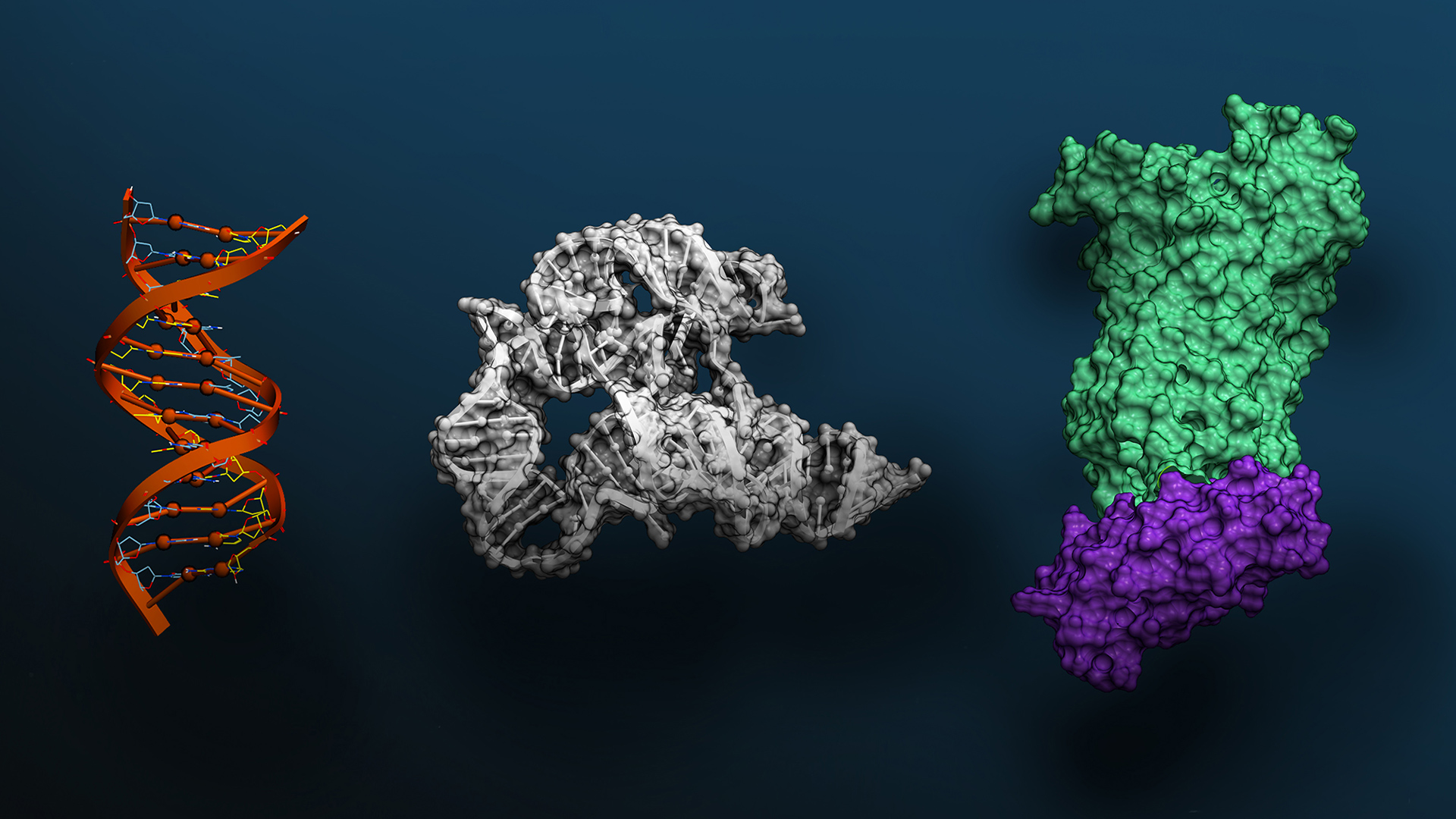The Rise of Human-AI Coding Collaboration
Modern software development has reached a point where the tools are not just reactive—they’re becoming collaborative. Developers are now engaging in dynamic, multi-turn conversations with intelligent systems that understand their intent, architectural goals, and even their aesthetic preferences. This trend, known as Vibe Coding, marks the dawn of a new development philosophy where humans and machines co-create software.
Vibe Coding isn’t just a feature. It’s a shift in how we approach programming.
What Is Vibe Coding?
Vibe Coding is the process of building software through natural language interaction with an AI assistant. Instead of giving strict commands or writing manual scripts, developers articulate their goals in conversational form—like asking a colleague to build a login system that “feels like Notion” or to “refactor this function to be more Pythonic.”
The AI responds by:
-
Asking clarifying questions
-
Suggesting architectural patterns
-
Generating code modules
-
Testing and debugging autonomously
It’s not about replacing developers. It’s about amplifying their productivity and creativity by removing friction between ideas and implementation.
Why Now? The Drivers Behind Vibe Coding
Several technological shifts have converged to make Vibe Coding practical and scalable:
-
LLM Evolution
Models like GPT-4o, Claude 3.5, and Gemini 2.5 can now retain long-term context and understand structured repositories, APIs, and even design patterns. -
Integrated Development Environments (IDEs)
Tools like Cursor, Replit Ghostwriter, and GitHub Copilot Chat embed LLMs into familiar developer workflows, making interaction seamless. -
Agentic Programming Frameworks
LangGraph, CrewAI, and AutoGen allow you to build autonomous AI agents that specialize in coding, testing, documenting, and deployment—without human micromanagement.
Use Cases: Where Vibe Coding Shines
Vibe Coding is already proving valuable in key real-world scenarios:
-
Startup MVPs
Describe a product idea conversationally and let your AI co-developer scaffold the front-end, backend, and database schema. -
Legacy System Refactoring
Ask the AI to clean up outdated code, remove unused functions, or convert codebases from Python 2 to Python 3. -
Team Coding with Multi-Agent Systems
Assign different agents to handle UI generation, unit testing, and CI/CD deployment in parallel. -
Voice-Driven Development
Developers with accessibility needs—or those in creative flow—can dictate their logic, and the AI will translate it into production-ready code.
From Syntax to Semantics: The Meaning of “Vibe”
The real magic of Vibe Coding is not in code generation—it’s in vibe interpretation. Developers no longer have to specify every condition, method, or loop. Instead, they can express subjective ideas, such as:
-
“Make the UI friendly for first-time users”
-
“Add animations that feel modern but subtle”
-
“This query should scale for 1M+ records”
This shift empowers developers to focus on product vision, while the AI fills in the details with intelligent defaults, best practices, and architectural suggestions.
Challenges to Consider
Despite its benefits, Vibe Coding is not without risks:
-
Hallucinated Code
LLMs can produce syntactically correct but logically flawed code—especially when instructions are vague. -
Security Concerns
Code snippets generated without formal review may introduce vulnerabilities. -
Version Drift
Continuous AI edits may lead to misaligned team understanding if version control isn’t strict. -
Skill Degradation
Junior developers risk becoming overly reliant on AI and underdeveloping core programming logic.
Mitigating these requires clear development policies, AI transparency, and human-in-the-loop QA processes.
| Aspect | Benefits (Rewards) | Potential Risks |
|---|---|---|
| Speed of Development | Rapid prototyping and feature implementation using natural language | Overreliance may lead to shallow understanding of the underlying code |
| Productivity | Reduces manual coding effort; AI handles boilerplate, scaffolding, and repetition | Distractions or miscommunication with AI can slow down experienced coders |
| Code Quality | LLMs often suggest best practices and clean code structures | AI may hallucinate functions, misuse libraries, or miss context-specific logic |
| Collaboration | AI acts as a silent collaborator, ideal for solo developers and small teams | Lack of visibility in AI-generated changes can confuse team-based workflows |
| Testing & Deployment | Agents can automate unit tests and CI/CD workflows | Automated pipelines may introduce unnoticed regressions or require manual overrides |
| Accessibility | Voice-to-code and conversational prompts empower differently-abled developers | May lower traditional problem-solving and debugging skill development |
| Scalability | Multi-agent orchestration can scale tasks like testing and deployment | Complex agent interactions may require orchestration overhead or fine-tuning |
Risk vs. Reward Matrix or Table
The Future: What’s Next for Vibe Coding?
Here’s where this trend is headed:
-
Multi-Modal Development
Developers will sketch UIs, speak feature requests, and upload flow diagrams—all to generate fully working systems. -
Embedded AIs in IDEs
Agents that not only help with code but also attend meetings, create tickets, update documentation, and review pull requests. -
AI-Specific Programming Languages
New languages might emerge optimized for human-AI collaboration (think of what Jupyter did for data science). -
Regulatory Frameworks
As AI involvement in development increases, so will demand for auditability and compliance in generated code.
Conclusion: A New Chapter in Software Engineering
Vibe Coding is more than a trend—it’s a shift in mindset. It repositions the developer from code artisan to product storyteller. As AI continues to evolve, the line between thought and software will blur further. Tools will adapt to our thinking patterns, not the other way around.
At NiDA AI, we believe this is the start of something revolutionary. A world where code is not just written—but co-written, felt, and vibed into existence.







